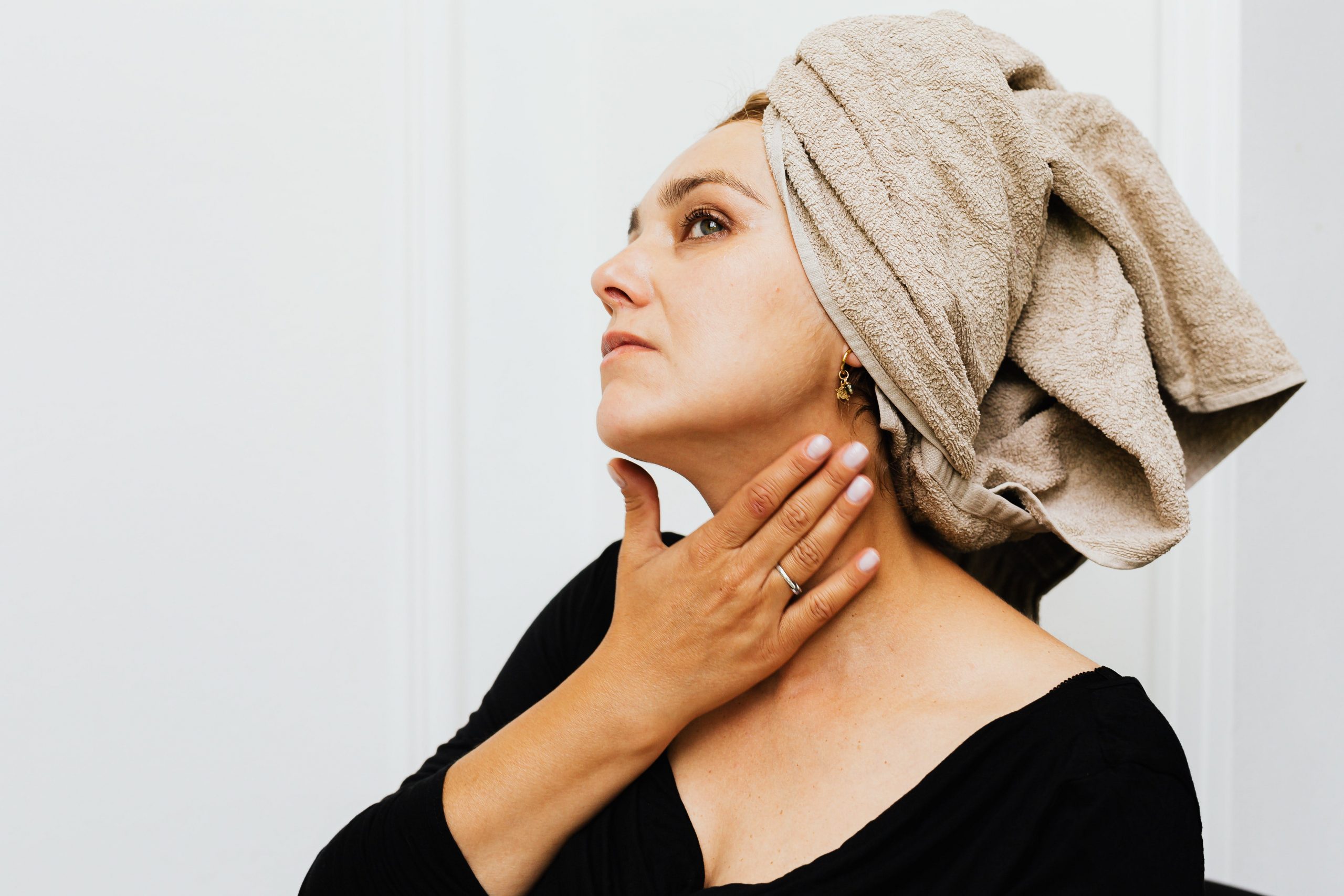Did you know it can take as long as 10 years to properly diagnose someone (especially women) with Hashimoto’s disease – a condition affecting your thyroid gland? This staggering statistic is not only a result of the vague symptoms that come with Hashimoto’s but also due to medical professionals often overlooking women’s health.
At least, this was the case for my mother, who struggled with weight for most of her adult life, despite living a healthy and active lifestyle. But what is Hashimoto’s? And how can you get a clear diagnosis?

Pexels
What is Hashimoto’s disease?
Hashimoto’s disease, or Hashimoto’s thyroiditis, is an autoimmune disease that causes your body’s antibodies to attack your thyroid gland. It eventually results in your thyroid gland not making sufficient thyroid hormones, leading to hypothyroidism.
Simply, this disease dampens your thyroid’s ability to do its job, often leading to weight gain and a host of other symptoms. These include:
- Fatigue
- Memory problems
- Concentration issues
- Foggy brain
- Anxiety
- Depression
- Slow heart rate
- Thinning hair
- Dry skin
- Fertility problems
- Painful, irregular periods
- Low iron levels
Some people, like my mom, may experience several other skin conditions, like developing dark spots and skin colour changes around the face and neck.
As you can imagine, these vague symptoms can make it difficult to pin down the problem. Especially when other factors come into play. For example, endometriosis (a disease affecting your uterus) runs in my family, and unfortunately, has a very similar list of symptoms.
I watched my mom struggle, coming back from doctors who chalked up her symptoms to stress, anxiety, depression, and a history of endometriosis. She often felt like she was going crazy, questioning herself and her symptoms. But nothing the doctors suggested seemed to work.
She lived like this for years. And only by doing her own research and getting the suggested tests did she get the answers to all her questions.
Diagnosing Hashimoto’s disease
Upon her research, she found that the key to getting a full understanding of your thyroid health is receiving a FULL thyroid panel. I use full in all caps because doctors often only test 2 or 3 out of the 4 thyroid tests you need for a proper diagnosis. A tedious process my mom went through several times and a reality our family physician confirmed when diagnosing her.
These tests include a:
- TSH test, which measures the thyroid-stimulating hormone.
- T3 (or free T3) which checks the triiodothyronine levels in your blood.
- T4 (or free T4) which checks the thyroxine levels in your blood.
- Thyroid antibody test. This test is key in diagnosing both Hashimoto’s and Grave’s disease.
Additionally, you may undergo thyroid imaging, which gives you and your doctor a holistic view of the size and shape of your thyroid gland.
After years of struggling, my mom finally felt relief. But her life has needed a major overhaul, especially when it comes to the foods she eats.
Also see: Getting to grips with thyroid health – why is it so important?
Living with Hashimoto’s disease
Unfortunately, there is no cure for Hashimoto’s disease. All one can do is treat the symptoms by taking specialised supplements, and medications and changing your diet.
However, not everything is a magic pill or food. My mom has found that everything has to work together, or else nothing works at all. In her in-depth research and after consulting with our doctor, it became clear that gluten was an absolute no-go.
Often, gluten, along with high levels of sugar, and even some meats, triggered my mom’s symptoms. This often resulted in swelling, bloating, and a resurgence of brain fog and fatigue.
It’s important that when going through this journey you eliminate foods that could cause flare-ups. Additionally, working with a doctor who understands this disease can assist you in getting back to the life you want.
The reality is, though, that living with Hashimoto’s disease isn’t easy, but a good diet, the right medication and a proper support structure can lift the burden.
What has worked?
Health is always an ongoing journey. But when it comes to Hashimoto’s, the work never stops. My mom has found that these few things have helped her feel better:
- Eliminating foods that cause flare-ups
- Reducing (or eradicating) alcohol
- Avoiding caffeine
- Having an open dialogue with her doctor to ensure dosages of her supplements are controlled and changed when needed.
- Being active
- Listening to her body and not overworking herself.
You should always seek medical advice from a medical professional, but, when it comes to women’s health, being your own advocate is important. You know your body better than anyone else, and if you feel something is wrong, chances are you’re right.
ALSO SEE:
The 101 on Hashimoto’s Thyroiditis and how to know if you may have it
Featured Image: Pexels

